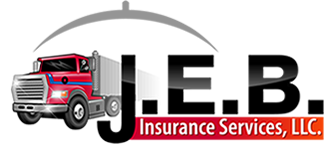It has always been a problem and it still is: trucks getting wedged or clipped by low clearance overpasses and bridges. Some bridges are hit so many times that they’re often referred to as “can openers.” Why does this keep happening? There are many reasons for low clearance collisions such as driver inexperience, distraction, fatigue, or a momentary lapse in focus that causes the commercial or owner operator truck driver to not see the “cars only” or “no trucks” sign when driving on an unfamiliar route.
Although it seems that other than losing one’s job and the roof of their trailer, no one gets hurt. However, this isn’t always the case. Flying debris, a car rear-ending the truck, or hazardous materials falling or spilling on the road are some of the ways that injuries occur. As providers of commercial or owner operator truck insurance in Texas, we would like to share these four safety tips for avoiding low clearance collisions:
Don’t Blindly Follow Your GPS
When using a GPS to plot your route, take the route “suggestion” with a grain of salt. What you get out of these devices is only as good as what was put into them. In other words, the data placed into them isn’t always correct. Use a trucker’s atlas to verify the GPS route suggestion. In addition, the commercial or owner operator truck driver should always make a habit of looking for clearance signs posted in front of bridges and overpasses, as well as “cars only” signs, and “no trucks” signs posted at entrances to highways and parkways.
Use Trucking GPS Units Only
Using GPS designed for the general public is asking for an accident. When using truck specific GPS units, always verify their routes as described in the previous tip. In addition, the commercial or owner operator truck driver should keep their GPS current with the most recent updates. If there is an auto-update feature, leave it on.
Stay Focused and Alert
In addition to watching out for traffic, overpasses and bridges should also be on your radar. Don’t drive while fatigued, distracted, or during periods of extreme stress. Alertness is especially important at night, in metropolitan areas, bad weather, or when the unusual happens. If road construction forces you to take an alternative route, take extra care in your planning. Don’t let the situation cause you to make errors.
Beware of Construction on Your Regular Routes
Construction on bridges and overpasses on your regular routes can temporarily lower their clearance. Because these are temporary affairs, they may not have any signs indicating their current clearance. They may also allow traffic to pass without taking trucks into account.
For information on getting the right insurance coverage at the best prices for your commercial or owner operator truck, contact us today.


